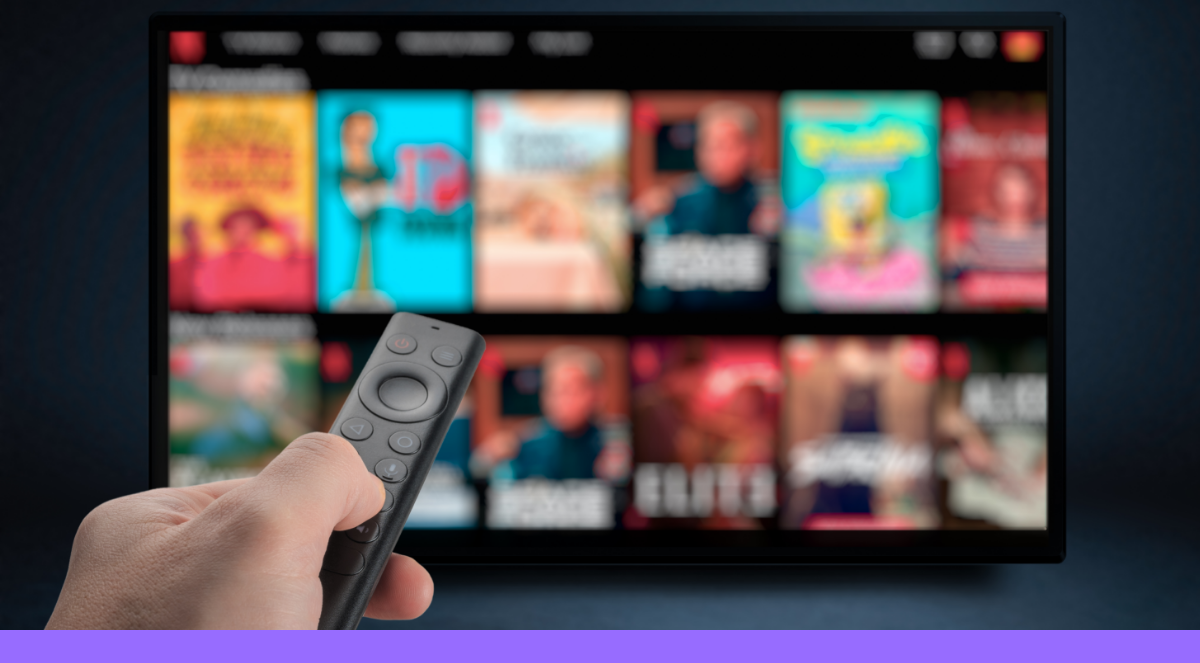The key role of employees in B2B communication on LinkedIn
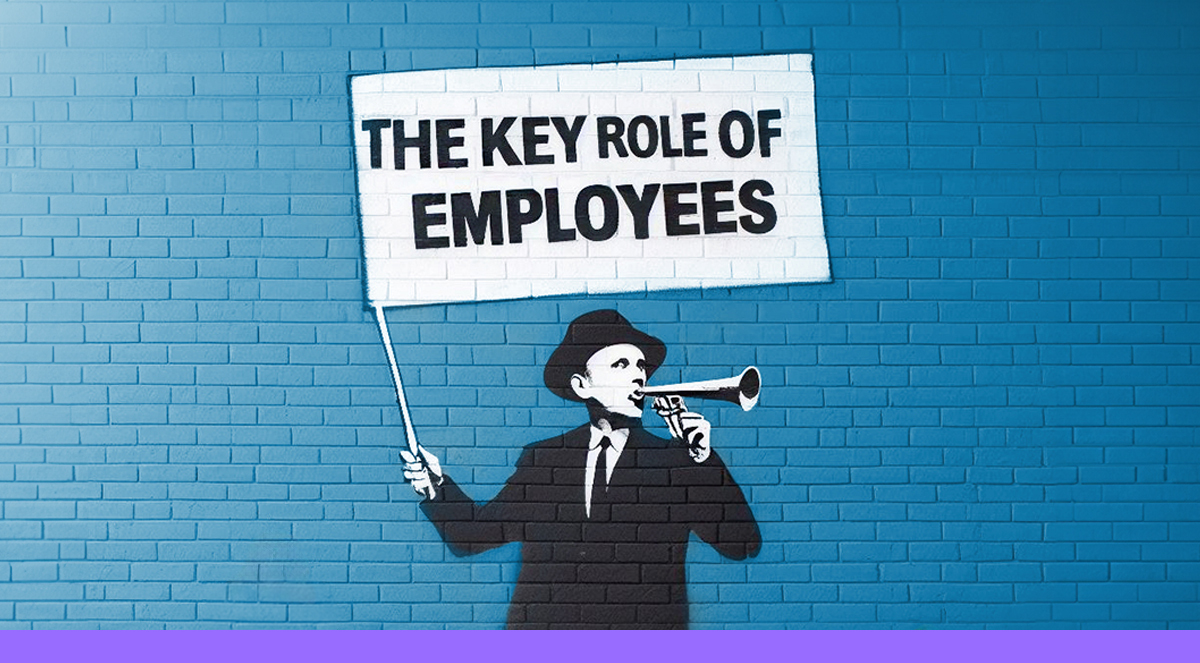
In this article, leveraging updated statistics, I aim to highlight an often-neglected aspect of corporate page strategy that can significantly boost a company's LinkedIn presence: leveraging the voice of employees.
Firstly, it's important to acknowledge that LinkedIn serves as a professional networking platform. On this platform, employees, managers, and top-tier company officials can effectively generate B2B brand awareness and cultivate valuable relationships that pave the way to new market opportunities.
With a user base of 875 million registered individuals, including 310 million active monthly users, LinkedIn has emerged as a crucial component of corporate communication strategies, particularly within the B2B sector.
Here's what you'll find in this article:
- The significance of LinkedIn in B2B communication.
- The impact of employee engagement on page growth.
- Strategies for developing a detailed and accurate employee advocacy program.
The significance of LinkedIn in B2B communication.
LinkedIn has evolved into a vital platform for sharing expertise, enhancing visibility within one’s industry, and forging strategic partnerships. This assertion is supported by user statistics, usage patterns, advertising outcomes, and marketing initiatives associated with the platform.
Some insights into LinkedIn's reach:
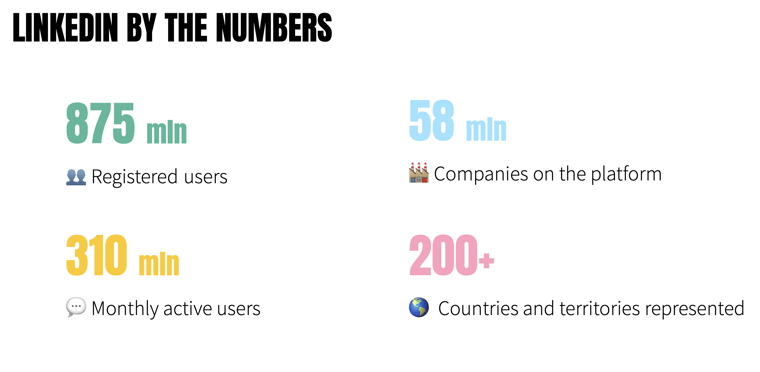
Source: https://www.linkedin.com/pulse/linkedin-stats-looking-2023-robert-c-stern/
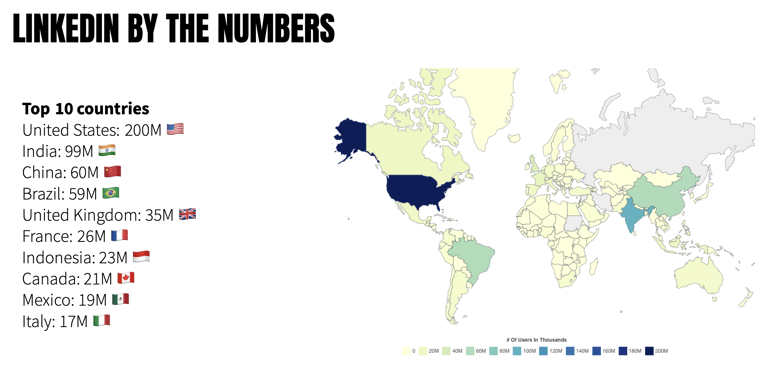
Source: https://worldpopulationreview.com/country-rankings/linkedin-users-by-country
Usage and perception data* on LinkedIn:- Weekly, 52 million LinkedIn users are on the hunt for new employment opportunities.
- Ranked among the world's 500 most valued brands, LinkedIn's emblem symbolizes trustworthiness, professionalism, and sincerity.
- In 2022, LinkedIn experienced a 22% surge in user engagement.
- Approximately 16.2% of LinkedIn's user base logs into the platform daily.
- The platform hosts over 58 million brands.
*Source: https://www.ranktracker.com/it/blog/the-62-best-linked-in-statistics-for-2023/
These figures underscore LinkedIn’s 20-year journey to becoming a trusted, professional, and skilled networking venue for a vast array of brands and users.
The impact of employee involvement on page growth
Often underestimated but vital for a corporate page's growth is the contribution of employees. Their proactive engagement on LinkedIn, when strategically implemented, can significantly enhance the brand's visibility and authority.
We must always bear in mind that LinkedIn operates on a "human-centric" principle: it thrives on the dynamics of relationships and sharing. Unlike the conventional "like" button, LinkedIn features a "recommend" button, emphasizing that every user, through sharing their experiences in content form, can enrich the experiences of others.
This explains why individuals who adeptly leverage LinkedIn are more cautious about their shares and statements compared to their presence on other social platforms. Simplistically speaking, one's professional reputation is not a matter for jest.
A corporation, therefore, can, and indeed should, rely on the communicative contributions of its employees, as they bring forth numerous advantages:
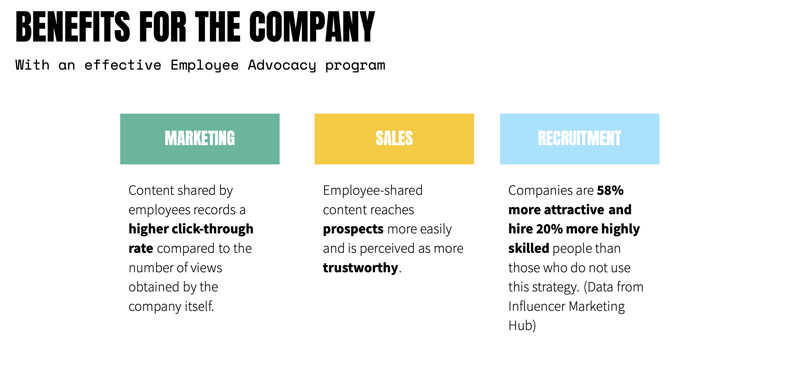
To encapsulate, employees contribute to the company by offering:
- An extensive network of connections - employees often possess a broad array of contacts who can disseminate and magnify the company's content, thus reaching a larger and more varied audience.
- Enhanced credibility - information shared by professional contacts on LinkedIn is more likely to be trusted by users. When employees disseminate company-related content, it endows the message with greater credibility.
- Genuine representation - employees are able to present a more authentic and humanized view of the company. Individuals tend to connect more readily with people than with corporate logos.
LinkedIn stands as a formidable communication tool in the B2B arena, yet its full potential is realized when employees of the company engage actively.
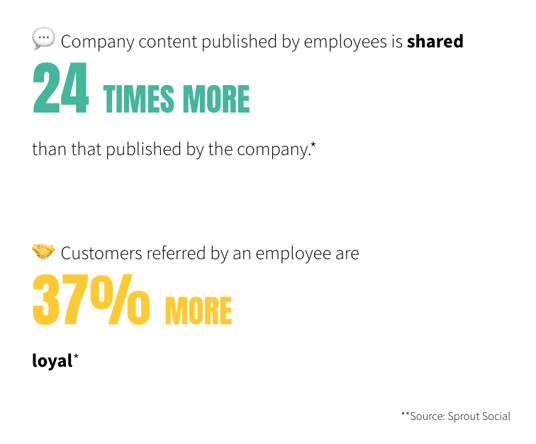
Developing a detailed and accurate employee advocacy program.
In summary, thoughtfully orchestrated employee advocacy initiatives can elevate brand visibility, bolster credibility, and forge an authentic depiction of the company. Such programs not only benefit the company but can also offer fulfilling experiences for the employees involved.
So, how does one forge an effective program?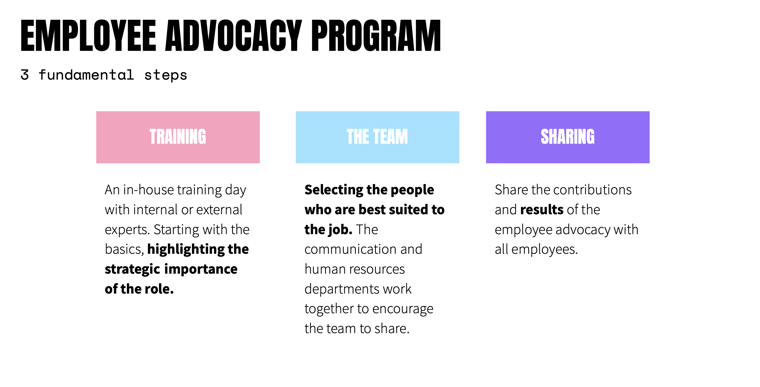
Would you like to develop an employee advocacy program, enhance your company's performance on LinkedIn, or organize a training day for your employees?
My advice is to adopt these targeted strategies to maximize the impact of employee advocacy on LinkedIn:
- Training and support - essential in the initial phase. The company must provide employees with the necessary training to use LinkedIn effectively. It's important to share the company's social policy, tips, and resources to help everyone understand how to build a professional profile and share content appropriately.
- Defining the team: I advise companies to identify individuals most inclined, capable, and willing to take on the role of employee ambassadors. A smaller, but ready team is preferable to expecting a collective effort.
- Creating engaging content and columns for employees: effort should be made to create engaging content that easily triggers the desire to share among employees. They should feel like protagonists in the editorial plan.
- Evaluating rewards and incentives: some companies have introduced recognition programs and incentives to reward employees most active in advocacy on LinkedIn. These acknowledgments can be public, such as internal praise, or private, like bonuses or awards.
- Monitoring, analysis, and sharing of results: measuring the effectiveness of employee advocacy activities is crucial, as is sharing the results achieved with all employees.
I hope this article has been particularly useful for companies seeking a winning strategy on LinkedIn.
Has anyone of you already defined and implemented their employee ambassadors?
This page has been translated using automated translation tools and artificial intelligence technologies. We strive to ensure that the content is accessible in multiple languages, but please be aware that the translation may not be perfect. If you have any doubts or need clarifications, please feel free to contact us.


